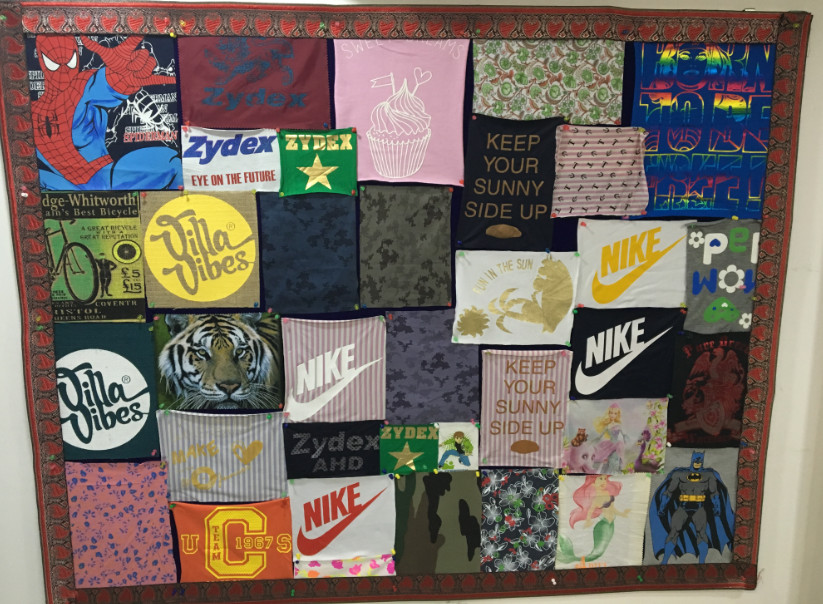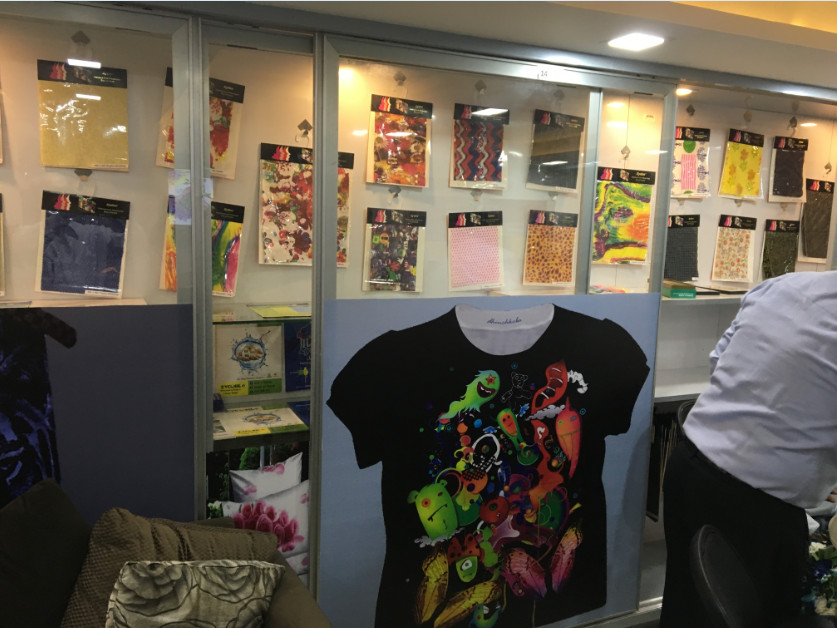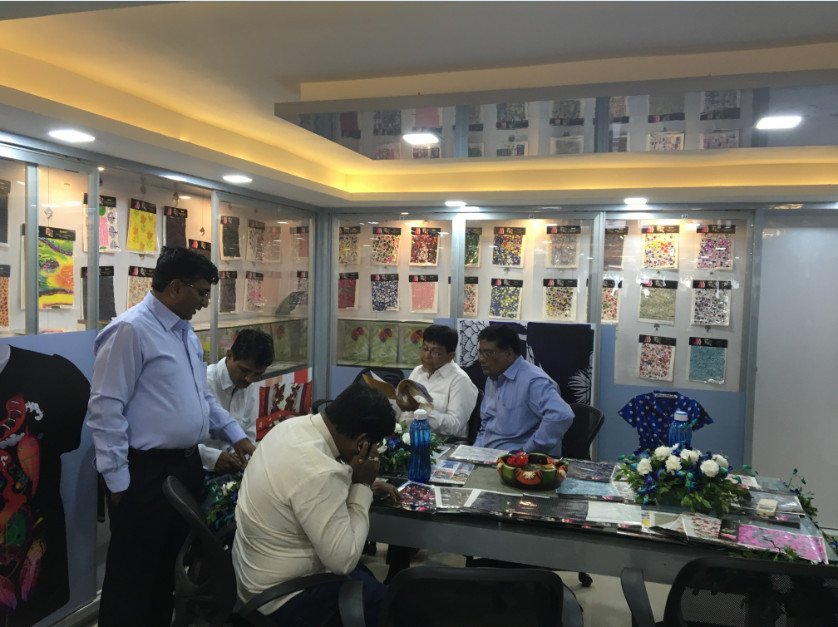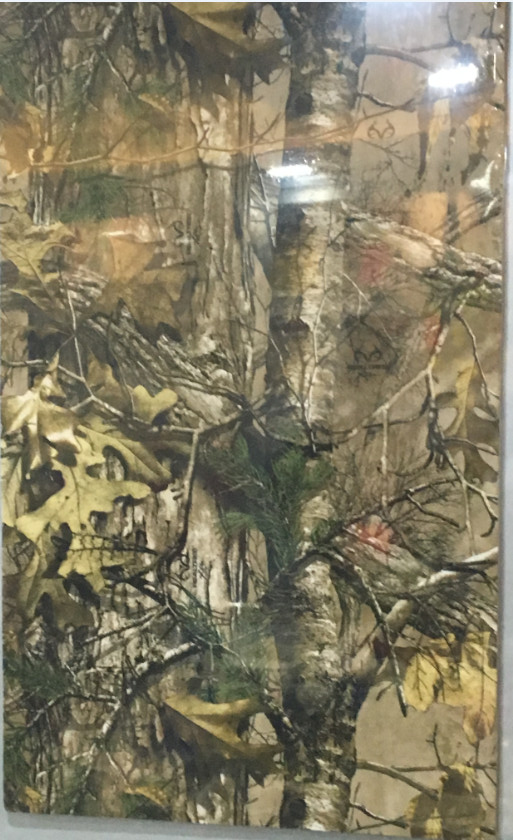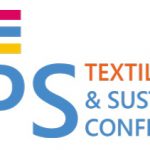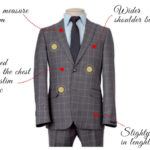Zydex Industries, established in 1997, has been developing, creating and providing sustainable eco-friendly chemical technologies for the textiles, agriculture, roads and the construction sector. Zydex textile products are eco-friendly as they are water-based and free from azo-amines as well as SVHC. They are Eco passport & GOTS compliant.
The state-of-the-art zero discharge plant of Zydex is located in Luna, on the outskirts of Vadodara City in Gujarat. It sits on 60,000 sqm land with 10,000 sqm manufacturing area, and has a total manufacturing capacity of about 2000 MT per month. The plant and QC are SAP driven to ensure consistent quality.
Zydex CEO Dr. Ajay Ranka, with Ph.D. degree in Polymer Science & Engg from USA, is a renowned scientist and researcher is credited with quite outstanding and pioneering work in polymer chemistry & nanotechnology. He has to his credit several American, European & Indian patents. Dr. Ranka is associated with many social, business & trade organizations. He is a staunch supporter of education through philanthropy.
Zydex Industries has taken a lead to share it’s vast knowledge and expertise with the fabric owners of Ahmedabad by opening a fully equipped modern “Design-cum-Innovation Service Center” at 15, New Cloth Market – Ahmedabad’s iconic landmark.
The Innovation Center was inaugurated on March 10, 2016 in the presence Shri Gaurang Ramprasad Bhagat, President of New Cloth Market, who was the Guest of Honour on the occasion.
A large number of textile men were seen taking keen interest in the facilities being made available to them. Dr. Ajay Ranka and his team of technical experts explained them in details the working of the Center and how they could be benefitted from the Center’s services.
Following is the transcript of the interview NCM had with Dr. Ranka on the occasion.
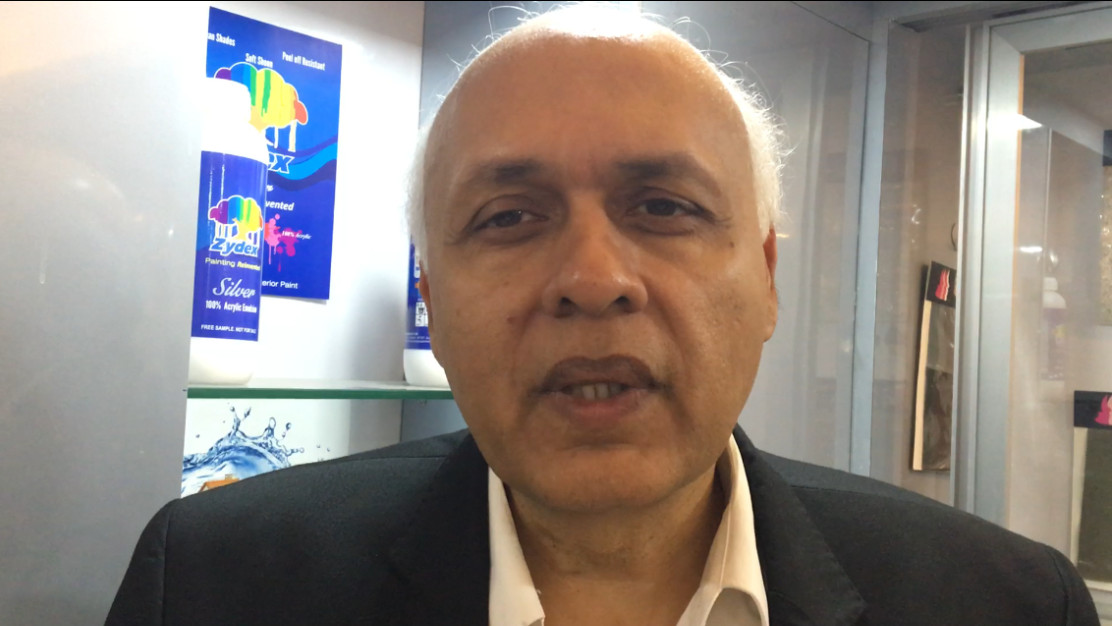
Dr. Ajay Ranka
There are 2-3 areas where we would like to bring about the change in the textile processing field. We feel that the new generation of people, associated with the textile fabric, has to be more strong and bold enough to create new effects with respect to performance, quality and fashion. The entire menswear, especially the shirts wear, and also the kids wear to a large extent have to be taken to the next level. We are of the opinion that there is a total disconnect here and textile merchants are clueless about many aspects of the value-addition techniques available.
An important point that must be taken into the account is that when you are trying to create an effect on the fabric, it generally leads to pollution which has a cost associated with it and also government compliance to be adhered to. This is a major issue. Here we intend to offer new technologies to create new effects without any environmental issues. This is where we want to connect with textile and apparel buyers or merchants to provide them ways and means to adopt next level of advanced technologies and create products that are more profitable and do not cause any pollution during their production.
According to our analysis and observation, the problem with the existing printing processes with vat dyes or reactive dyes or pigments is that they do not give high level of brightness, highly précised or accurate registration or what we may call it “a kind of 3D look” or “out of the box’ look. This is why we have developed non-clogging printing inks that lead to very sophisticated look of the printed end products which can be termed as truly ‘value-added.’ To achieve this kind of precise and sophisticated end products we do a lot of handholding with our clients right from the preparation of the fabric to the screen making, quality of chemicals to be used, quality of screens itself, and also that of the printing squeegees to be employed. The entire range of mechanical aspects of the printing process, have to be organized so as to be able to get the desired printing results. Our technology package offers a rich look to the printed fabric and helps to add value to those selling these products.
The role of a perfectly printed article in value addition can be learned from Italians. What we find that Italians are very good at tie printing. In India, we are not able to match their quality. We are unable to print with their level of precision. They take care of even very minute details of the print design. The question is why? Italians print tie only at the speed of 15 to 20 meters per minute. The slow speed helps to achieve the perfect registration and a rich look of the printed article. This kind of working is necessary to have value-added production.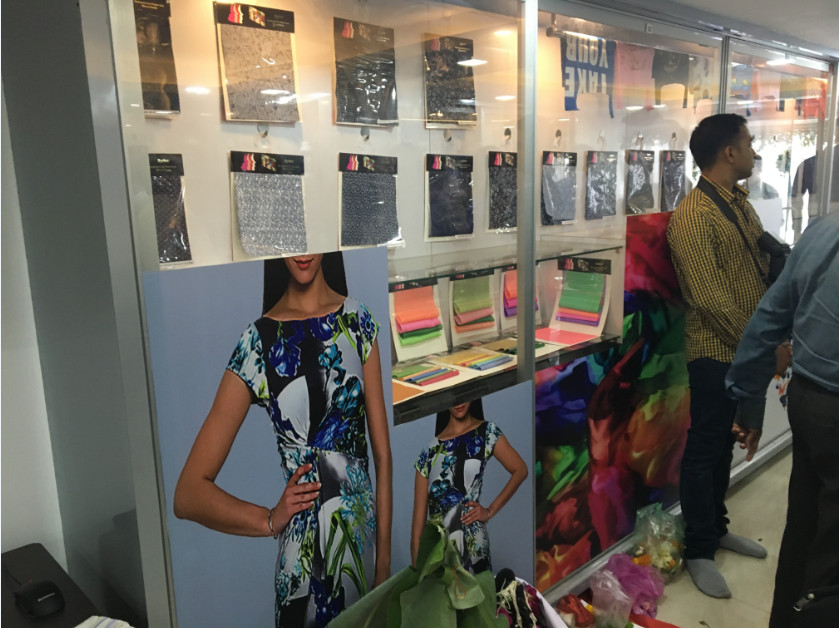
It must be kept in mind that the major chunk of the profit is going to come from those 10% consumers who are spending money. Rest are going to go for commodity products that we are used to produce and sell. We are saying that while you produce and sell to everyone, start moving up the value chain slowly. Once they start doing so they will realize the importance of these printing effects in boosting their profits. More and more people can thus be made quality conscious and motivated to switch to the value addition. We aim to connect with this kind of people who wish to move forward with innovative processes. We are very much willing to help them and explain them what are the new things that are possible to produce now.
The idea behind our Innovation Center in Ahmedabad is that owners of the fabric, who ultimately have to promote and sell their fabric, to be made available the latest technology, techniques, and trends. They should be motivated and we should get their approval rather than that of processors who do their job work. Ultimately, they are the people who must know about the new product developments and techniques of value addition.
If you look at our exports, you will find that our exports are averaging at US$ 6 to 6.5 per garment. This can be raised to US$ 8 to 10 or perhaps US$ 12 per garment if we concentrate on the quality of the fabric and on imparting novel and durable effects on to the garments. We have located our Innovation Centre where all our potential clients are operating. They can utilize our services to get new ideas about what can be achieved by employing the technology we offer.
We are also focusing on anti-odor, anti-bacterial finishes, and also finishes that will be very retentive in terms of the body of the fabric. One of the features that is found missing in Indian fabric is that we have very low reeds and picks because of which the fabric, after washing, becomes very loose and people think that the garments like shirts are not good. This is the problem that needs to be corrected. Our technology aims to ensure that our customers get not only the effect that lasts longer but also the finish is durable. We wish to closely work with more and more fabric owners so that they can achieve value addition and maximize their profits.
Today the share of our textile business to our total business is 50 to 55% but I can foresee that in the next 5 years it will hardly be 5%. So, it will be very small.
We are going to grow more in the roads infrastructure sector where we have developed a unique and complete technology package to make roads water resistant and weather resistant. This technology is globally patented. It has also found a global acceptance. This is really a big sector. The government of India is also going to implement this technology in the next 5 years.
The second focus area for us is where we are revolutionizing the agriculture sector, especially cotton cultivation. This is the area where the Indian textile industry should take cognizance of what is coming in near future. We now have a bio-fertilizer technology which can allow farmers to go full ‘organic.’ Now imagine the impact if the entire country goes for organic cotton. This means the entire cotton in India can be produced without any yield loss. This is the kind of technology which Zydex has brought now.
So, we now have a bio-fertilizer technology so that farmers can actually go ‘full organic.’ And in the first year itself they will get yield more than that achieved through chemical fertilizer. That’s the beauty of Zydex technology. Normally, wherever farmers grow cotton, they always lose 30 to 40% yield. In our case, they will be getting either + 10% or + 15% yield. I am of the opinion that the Indian textile industry should initiate a movement to educate farmers about the use of bio-fertilizer technology. This is an emerging technology not only for India but for the entire world. This is, indeed, a path breaking area for the textile industry in the future and people should focus on this. As a country we can go for fully organic cotton so that all our exports automatically qualify for the premium. Neither the yield nor the cost is an issue with Zydex’s bio-fertilizers technology.
Even if the prospective entrepreneurs take clusters of 1000 acres each and get farmers, we can work with them and help them to produce cotton that will be fully ‘organic’ without farmers getting upset because they will actually produce more.
Watch Dr. Ajay Ranka’s interview with NCM.
